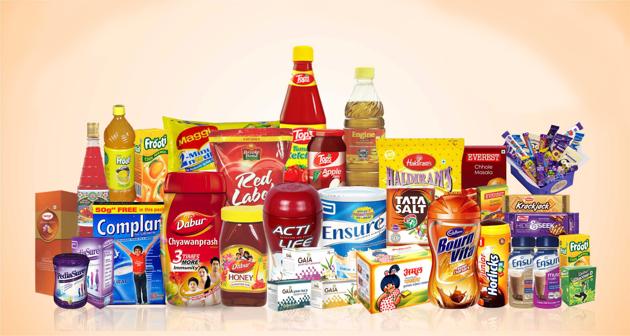FMCGs hit by note ban, high input costs
The note ban and rise in price of key inputs like palm oil has been a double whammy for fast-moving consumer goods (FMCG) firms.
The note ban and rise in price of key inputs like palm oil has been a double whammy for fast-moving consumer goods (FMCG) firms.

Analysts have now begun cutting earnings estimates for FMCG firms and expect that the recovery will be pushed back
to the second half of next financial year.
Over fiscal years 2014-16, consumer goods makers saw slowdown as poor rains impacted rural demand. However, their margins expanded on benign input costs.
This July-September quarter, sales growth for companies was lowest in almost a decade. Hindustan Unilever’s revenue in the second quarter rose just 2%.
While, the companies were hoping for a recovery in the second half of this year, the demonetisation has reduced demand further, particularly in wholesale channels, which drive almost 40% of FMCG business. The cost of raw materials has also inched up following a rise in global crude prices.
According to Nielsen, consumer sales declined 1.8% in November versus October, while retailer purchase from trade fell 6.4%. The overall FMCG industry is estimated to be worth ₹2.56 lakh crore, so in absolute terms, the drop was huge, it said.
“Despite Diwali-related spends, there is an indication of lost velocity in FMCG. More importantly, we see retailer purchases declining faster than consumer sales,” Nielsen said.
Impulse foods and personal care products are among the most affected in terms of consumer offtake.
“The consumer is clearly moving into more daily necessities. ...The fact is that the consumer has got limited cash outlays ...” said P Balaji, CFO, Hindustan Unilever, the largest FMCG player in the country.
He also said the wholesale sector was among the most affected and so the company would focus on increasing its direct coverage of retail outlets.
Religare Securities has cut its sales estimates on companies across the FMCG sector by 1.1%-7.5% for the current financial year, while profit estimates have been slashed by 3.2%-18.6%.
Over the last few months, the price of key raw materials is on the rise.
For instance, palm oil (key input in soaps) is up 48% year-on-year, wheat 24%, rice bran 16% and sugar 31%.





